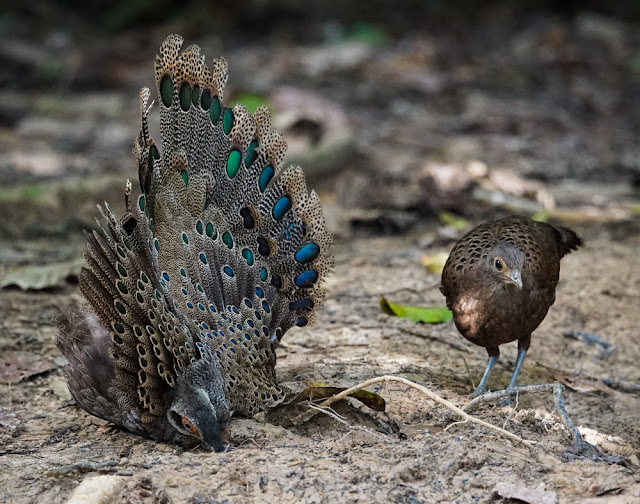Amazing Pittas of Kuala Lumpur

Pittas are small short-tailed, multi-coloured ground-dwelling birds and a visual treat to encounter. General information on the pittas can be found here . In this region, Alfred Russell Wallace (1869) used the distribution of pittas in nearby Sumatra to discuss problems in palaeobiogeography, noting the discovery on the small rocky island of Banca of " two new ground thrushes of the genus Pitta, closely allied to, but quite distinct from, two other species inhabiting both Sumatra and Borneo, and which did not perceptibly differ in these large and widely separated islands. This is just as if the Isle of Man possessed a peculiar species of thrush and blackbird, distinct from the birds which are common to England and Ireland. " The Malay Archipelago, Chapter 9. In and around Kuala Lumpur there are three species of pitta to be found; the mangrove pitta, blue-winged pitta and the hooded pitta. I had met the mangrove pitta ( Pitta megarhyncha ) this June on Pulau Indah , nea






